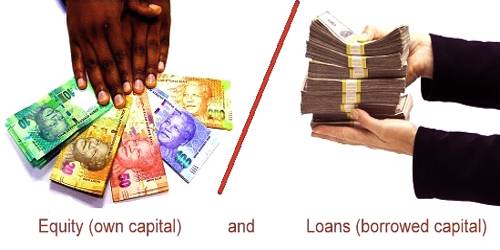Ownership capital consists of the amounts contributed by the owners as well as their profit re-invested in the business. It is the permanent capital, as the company is not under compulsion to repay the amount during its lifetime. Borrowed fund include all funds available in the form of loans or credits. It is essential temporary capital as it is to be repaid after a fixed period of them. Loans are raised to business firms for specified periods at fixed rates of interest.
There are some differences between Ownership capital (Equity capital) and Borrowed capital (Debt capital). These are as follows:
Ownership capital (Equity capital) – Owned Capital refers to the Capital collected by issuing various types of shares.
- Equity capital is part of the capital structure owned by ordinary shareholders.
- Equity capital is collected by issuing ordinary share.
- The suppliers of the equity capital bear losses.
- The suppliers of the equity capital are treated as the owners of the company.
- The suppliers of equity capital can participate in the management of the company.
- Security is not provided in against of equity capital.
Borrowed capital (Debt capital) – Borrowed capital refer to the capital collected by issuing debentures, bonds, taking loans from banks, etc.
- Debt capital is the part of the capital structure collected from creditors.
- Debt capital is collected by issuing debenture.
- On the other hand, the suppliers of the debt capital do not bear losses.
- The suppliers of the debt capital are treated as the creditors of the company.
- The suppliers of debt capital cannot participate in the management of the company.
- Providing security is mandatory in case of debt capital.
Finally, we can say that there is a clear distinction between Ownership capital (equity capital) and borrowed capital (debt capital).















